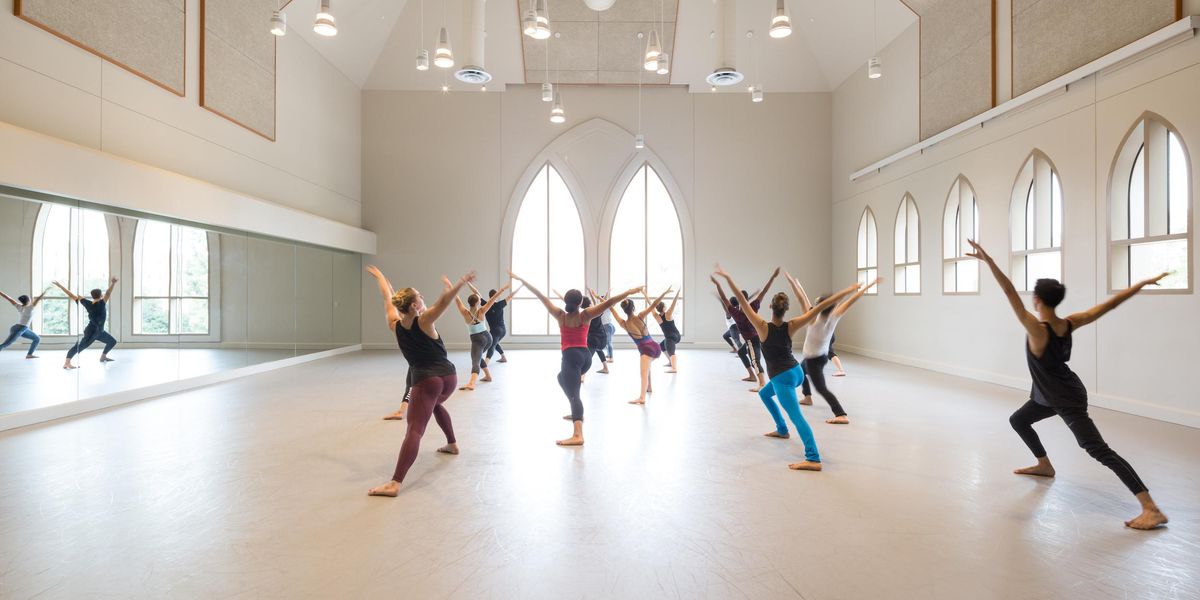Lights, Camera, Action
When Ebony Williams goes grocery shopping, people often stop her. “Do the ‘Single Ladies’ dance!” they beg. Seven years after Beyoncé’s “Single Ladies” video debuted, Williams—one of just two backup dancers in the video—still gets called out in public. “People have said they recognize my butt cheeks,” Williams says, with a laugh. Although she spent 10 years as a veritable star in Cedar Lake Contemporary Ballet, it was her performance with Beyoncé that skyrocketed her to household-name fame.
Concert-dancer-turned-commercial-superstar stories like Williams’ are inspiring. But they’re not typical. Making the transition from the concert world to the fast-paced and unpredictable commercial scene requires adaptability, persistence and thick skin.
Why Make the Switch?
Matthew Shaffer started his career with the Giordano Dance Chicago touring company. But he craved variety. “I get bored easily,” he says. “One of the biggest appeals of the commercial world is you’re doing something different every day.” Once you’ve wrapped, it’s on to new choreography, new costumes and a new set.
The same was true for Williams. “I wasn’t doing any hip hop,” she says. So she sought out the style in her spare time. “I would rehearse from 10 to 6 with Cedar Lake, and then I would go to Broadway Dance Center to take hip hop,” she says. “It felt like recess!” Williams booked her first commercial job performing with Rihanna at Fashion Rocks and eventually signed with Clear Talent Group.
Typecasting Truths
Remember that commercial auditions are unlike company auditions. “Your look takes precedence,” says Williams. “A haircut can get you a job.” Know what you’re auditioning for, and outfit yourself accordingly—while maintaining your personal style, so the casting team will remember you. Consider having a signature hairstyle, accessory or shoe to brand yourself.
Typically, the casting team is looking for someone specific: They may need a tall blonde who can vogue, or a short Asian with huge muscles. Typecasting is unavoidable. “They’re looking for the best match, not the best dancer,” says Jessica Lee Keller, a former member of Cedar Lake who has danced on “Dancing with the Stars,” “The Voice” and in Teen Beach Movie.
Whether or not you’re the best match, you’re likely replaceable. “If you can’t make it, they move on to the next person,” says Williams.
Get an Agent
Most agencies hold open calls, but if you have connections, a referral helps. Once you land an agent, they will tell you about upcoming auditions and negotiate your working conditions, salary and other legal items, explains Shaffer. Your agent will also help you navigate the SAG/AFTRA union, which protects dancers.
Network Strategically
When you were dancing with a company, you probably had class every day. Now you have to take control of your training. “Take classes that are foreign to you,” says Shaffer. “You’re already great at contemporary—now take jazz, hip hop or whatever class is taught by the choreographer you want to work with.”
While the best way to network is in person, there is tremendous power on social media. Post videos on your channels, interact with your favorite choreographers and share posts you find valuable. The more people in your network—both in real life and on the internet—the better.
It’s also wise to enroll in singing and acting classes. “We’re used to using our bodies to convey emotions,” says Shaffer. “But it’s no longer just about the kick-ball-change.”
The Payoff
“I make four times as much money on commercial jobs as I did when I was in a company,” says Shaffer. The major variable is that with a company contract comes a steady paycheck, plus benefits, while on commercial gigs, you may get one huge check, but you have to make it last until your next job. If you work on a television show or in a movie, however, you can expect residuals. “You can go to the mailbox and have a check for a movie you did two years ago,” says Shaffer. “It’s the gift that keeps on giving.”




